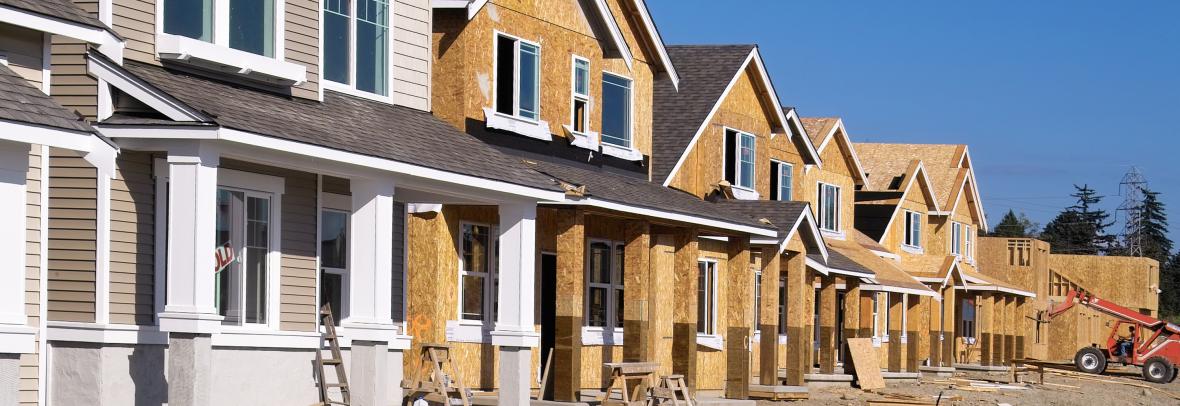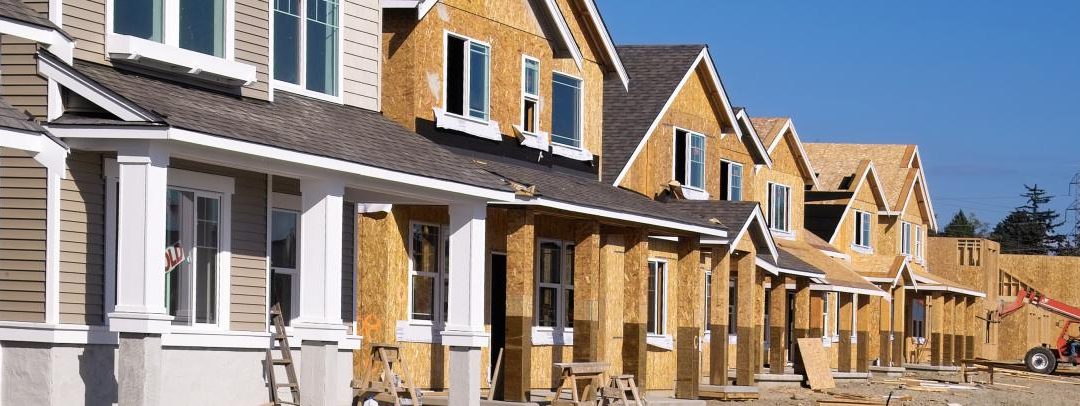
Newly built homes are making up a smaller portion of total inventory as builders back off and more homeowners list their houses for sale.
SEATTLE — Newly built homes made up 28% of single-family homes for sale nationwide in the third quarter, the lowest level in three years, according to a new report from Redfin. That’s down from 30.5% a year earlier and a record-high of 34.4% at the start of 2022.
The share of houses for sale that are newly built has dropped from its peak for several reasons:
- More existing inventory has hit the market. The total supply of existing single-family inventory is up 22% year over year. That’s partly because the lock-in effect has started to ease, with people growing tired of waiting for mortgage rates to come down before selling their home and searching for a new one.
- House hunters have bought up much of the new construction on the market. Sales of newly built single-family homes rose 6.3% year over year in September 2024, according to the U.S. Census, partly because builders have enticed buyers by offering incentives, including mortgage-rate buydowns and cash toward closing costs. Redfin agents report those incentives have worked, with many buyers turning toward new construction to get a better deal.
- Building has slowed down. Homebuilders have backed off since the pandemic-driven building boom, with high mortgage rates dampening demand; they’re focused on selling the new homes they have on the books rather than constructing new ones. Permits to build single-family homes were down 2% year over year in September, and down 23% from the 15-year high they hit in early 2021.
Still, newly built homes make up a significantly higher portion of for-sale inventory than before the pandemic. That’s because the share shot up so much during the pandemic, going from roughly 17% in 2019 to nearly 30% by the end of 2021.
Newly built homes have made up an outsized portion of homes for sale in the last four years because the supply of new-construction homes soared in 2022 and 2023, while the supply of existing homes dwindled.
Inventory of existing homes fell over that period as mortgage rates rose and the lock-in effect took hold. The surge in newly built homes, meanwhile, was caused by builders responding to robust homebuying demand brought on by ultra-low mortgage rates and remote work. While building has since slowed, builders are still completing projects they started in the past few years.
Looking forward, the share of inventory made up of newly built homes may fall slightly further as permits dwindle. But the share should remain higher than pre-pandemic levels because mortgage rates are likely to remain elevated, keeping the supply of existing homes from surging.
Source: Redfin
© 2024 Florida Realtors®
Go to Source
Author: amyc



